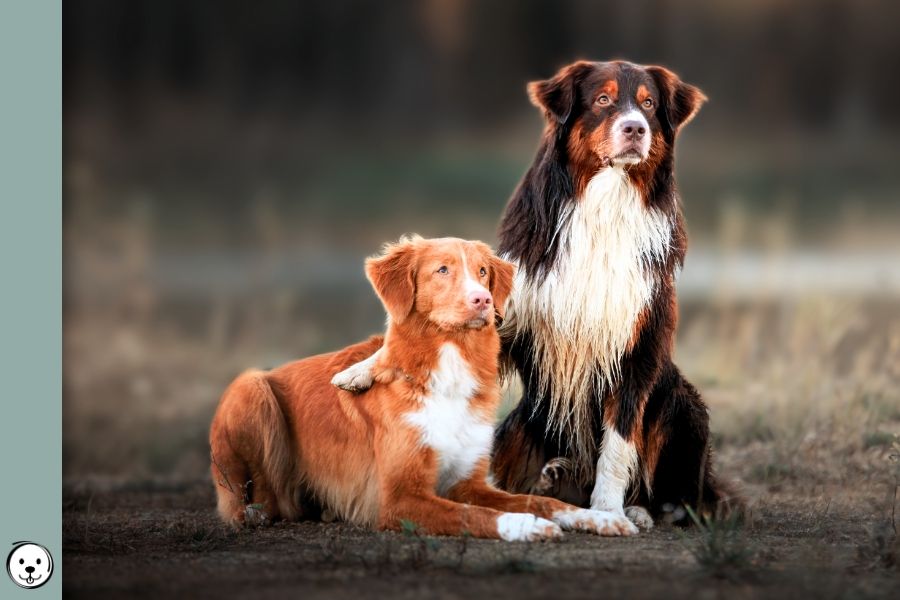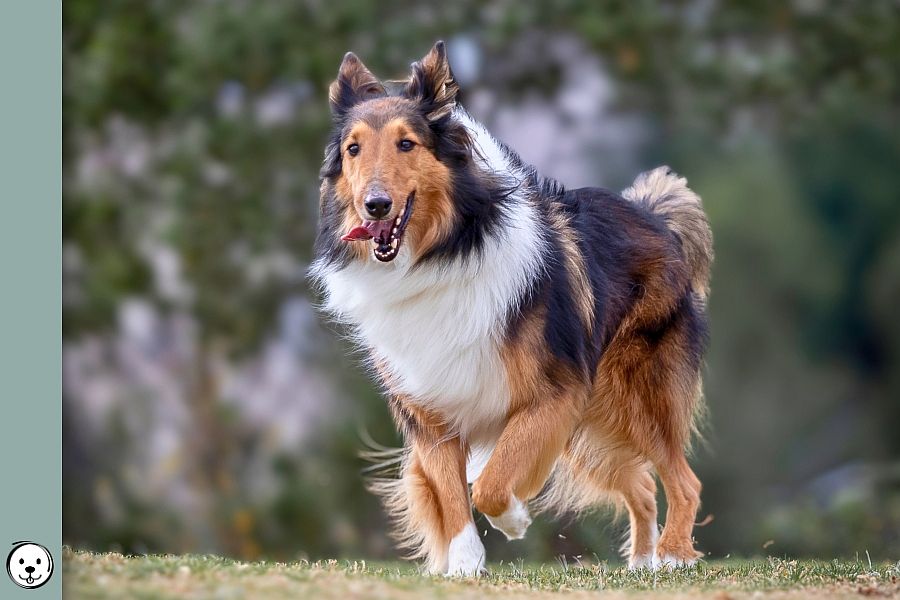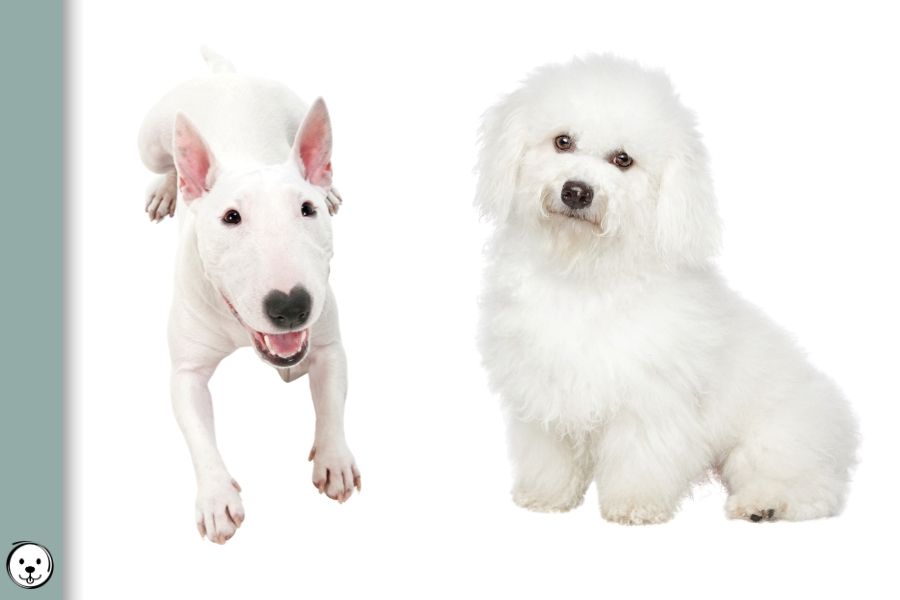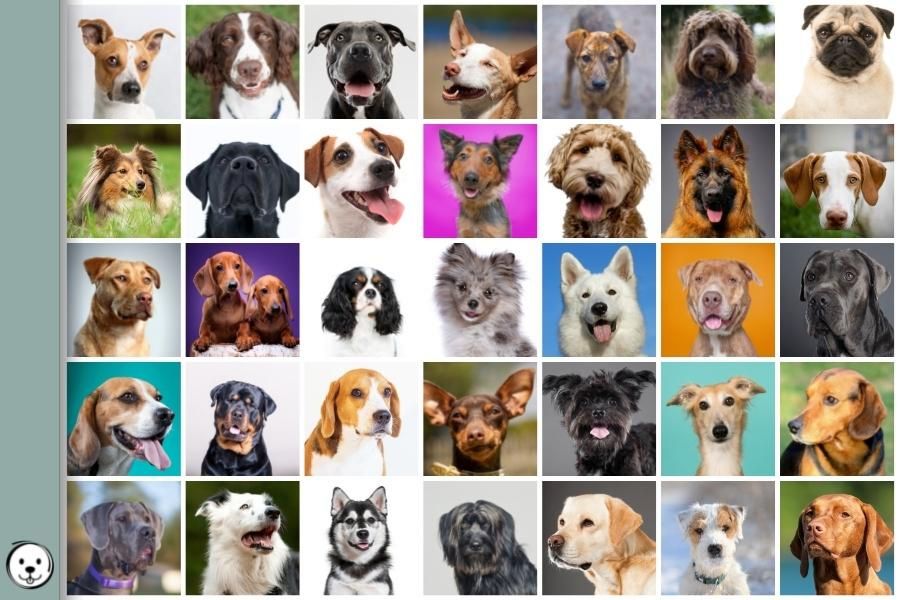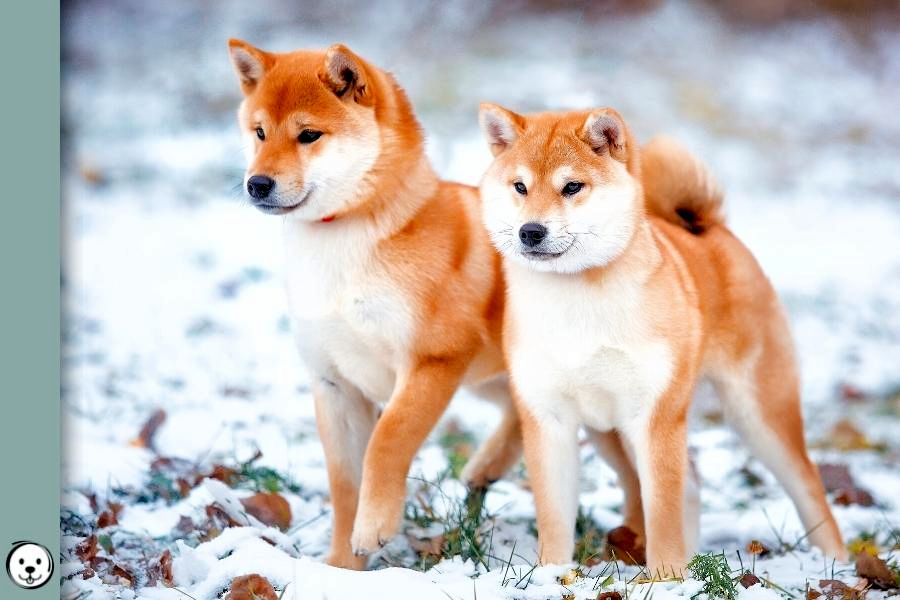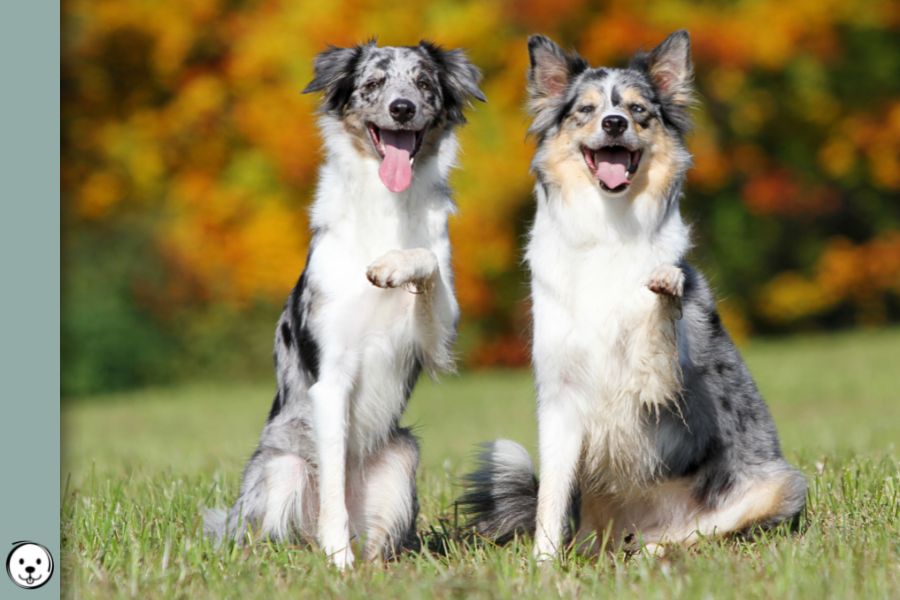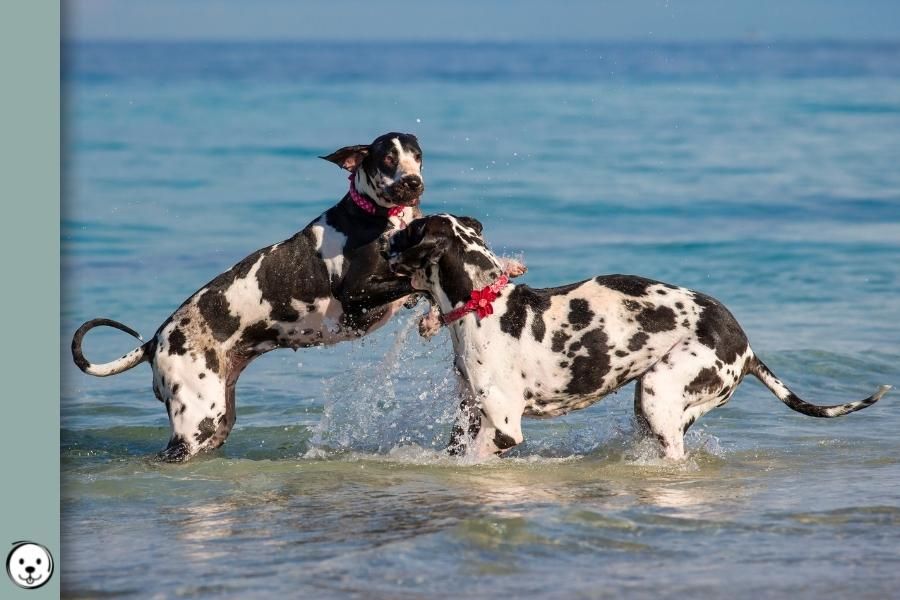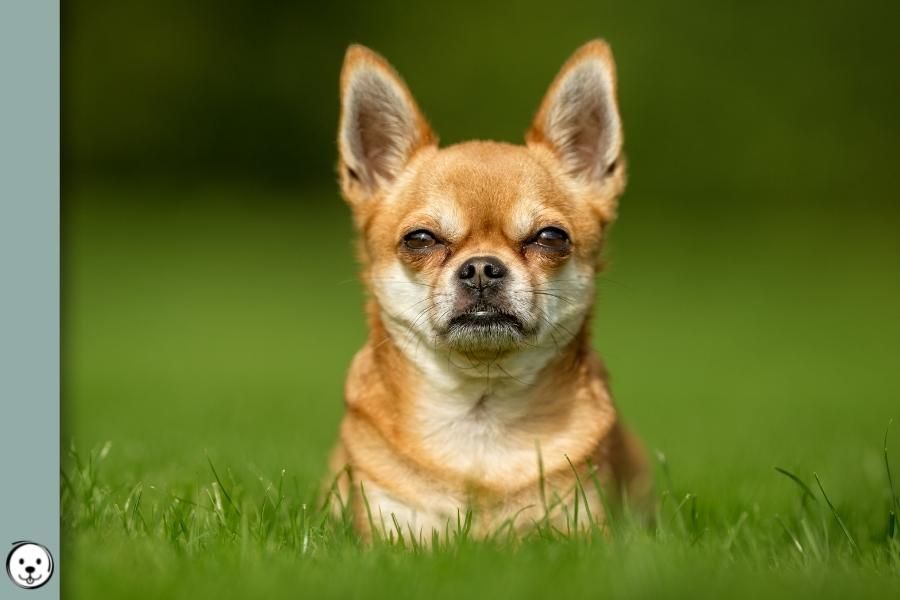Watermarking
Watermarks are only found on sable and white dogs with an extended melanistic mask. It causes any sable shading to pool at the edges of the sable patches, creating a striking pattern. However, no one knows what causes watermarkings, also called etching or color pooling. What Is Watermarking? Imagine a dog with a sable pattern, … Read more


